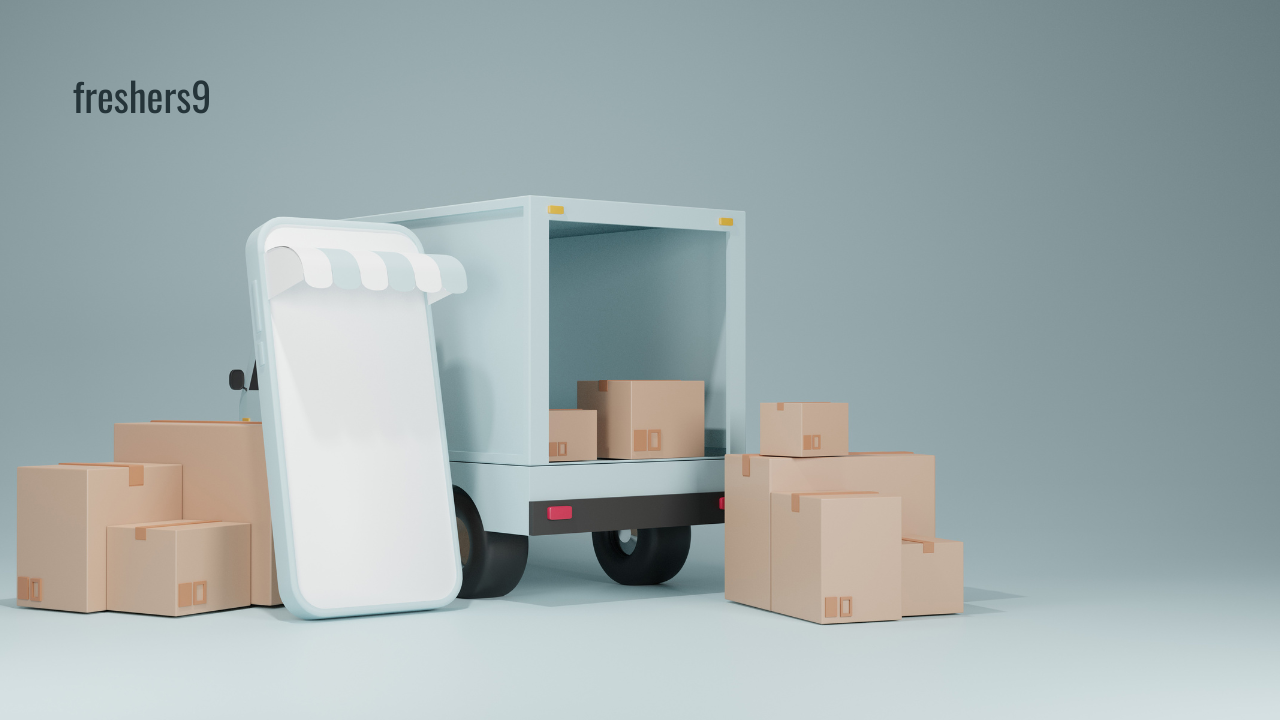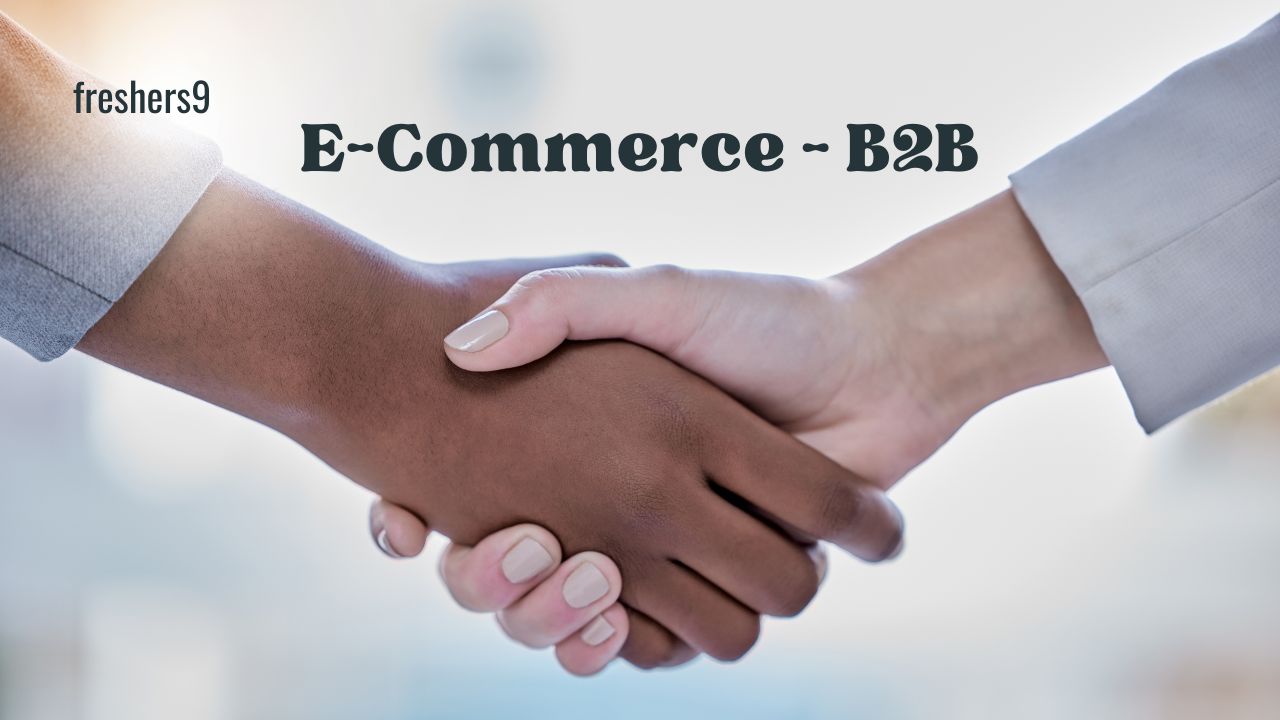Top 5 Types of E-Commerce Models You Need to Know in 2021
E-commerce has evolved significantly over the years, transforming how businesses operate and consumers shop worldwide. In 2021, several distinct e-commerce models have emerged, each catering to different business needs and consumer preferences. This article explores the top five types of e-commerce models prevalent in 2021, highlighting their characteristics, advantages, and examples.
1. Business-to-Consumer (B2C) E-commerce
Business-to-consumer (B2C) e-commerce is perhaps the most familiar consumer model, involving transactions between businesses and individual consumers. This model encompasses retail websites where consumers can browse, select, and purchase products or services directly from the seller's website.

Characteristics of B2C E-commerce:
- Direct Selling: Businesses sell directly to end consumers without intermediaries.
- Consumer-Focused: Websites are designed to cater to consumer preferences with user-friendly interfaces, product descriptions, and reviews.
- Marketing and Branding: Emphasis on digital marketing strategies to attract and retain customers.
- Payment Gateways: Integration of secure payment gateways for online transactions.
Advantages of B2C E-commerce:
- Global Reach: Businesses can reach a global audience of potential customers.
- Convenience: Consumers can shop anytime, anywhere, with access to a wide range of products.
- Personalization: Tailored shopping experiences through data analytics and targeted marketing.
- Customer Engagement: Direct interaction with customers to build brand loyalty.
Examples of B2C E-commerce:
- Amazon: The largest online retailer globally, offering a vast range of products from books to electronics.
- Apple Store: Direct sales of Apple products and accessories through its online platform.
- Nike: Selling athletic footwear, apparel, and equipment directly to consumers worldwide via its website.
2. Business-to-Business (B2B) E-commerce
Business-to-business (B2B) e-commerce involves transactions between businesses, where one business sells products or services to another. This model typically supports wholesalers, manufacturers, distributors, and other entities involved in supply chain management.
Characteristics of B2B E-commerce:
- Bulk Orders: Transactions often involve bulk quantities of products or services.
- Negotiated Contracts: Long-term relationships and contracts between businesses.
- Integration: E-commerce platforms may integrate with supply chain management systems (SCMs) and Enterprise Resource Planning (ERP) systems.
- Customization: Products or services may be customized based on business-specific requirements.
Advantages of B2B E-commerce:
- Efficiency: Streamlined procurement processes and reduced operational costs.
- Global Trade: Facilitates international trade and expands market reach.
- Automation: Automated ordering, invoicing, and inventory management.
- Data Analytics: Insights into purchasing patterns and customer behaviour for informed decision-making.
Examples of B2B E-commerce:
- Alibaba: A leading platform for global wholesale trade, connecting buyers and suppliers worldwide.
- Cisco: Offers networking hardware, software, and services to businesses through its online store.
- Grainger: Provides maintenance, repair, and operating supplies for businesses through its e-commerce platform.
3. Consumer-to-Consumer (C2C) E-commerce
Consumer-to-consumer (C2C) e-commerce facilitates transactions between individual consumers, often through a third-party platform that acts as an intermediary. This model enables individuals to buy and sell products or services directly to other consumers.
Characteristics of C2C E-commerce:
- Peer-to-Peer: Transactions occur between individuals without business involvement.
- Platform Mediation: Third-party platforms provide a marketplace for listings, transactions, and payment processing.
- Seller Empowerment: Enables individuals to become sellers and reach a broader audience.
- Rating Systems: User feedback and rating systems build trust and credibility among participants.
Advantages of C2C E-commerce:
- Accessibility: Anyone can participate as a buyer or seller, promoting inclusivity.
- Cost-Effective: Low entry barriers and minimal overhead costs for individual sellers.
- Variety: Diverse range of products and services available from individual sellers.
- Community Engagement: Interaction and communication among users foster a sense of community.
Examples of C2C E-commerce:
- eBay: A prominent online auction platform where individuals can buy and sell goods.
- Etsy: Focuses on handmade or vintage items, art, and craft supplies sold by individual artisans.
- Facebook Marketplace: Allows users to buy and sell items locally within their community.
4. Peer-to-Peer (P2P) E-commerce
Peer-to-peer (P2P) e-commerce is similar to C2C but often involves the sharing or rental of goods and services between peers. This model leverages technology to facilitate transactions where individuals can share resources directly with others.
Characteristics of P2P E-commerce:
- Resource Sharing: Individuals rent or share goods, services, or assets with others.
- Collaborative Consumption: Promotes sustainability and efficient use of resources.
- Platform Facilitation: Third-party platforms connect providers with consumers.
- Trust and Safety: Verification systems and user ratings enhance trust between participants.
Advantages of P2P E-commerce:
- Resource Optimization: Maximizes the use of underutilized assets or services.
- Cost Savings: Affordable alternatives for consumers compared to traditional purchases.
- Flexibility: Offers temporary access to resources without long-term commitments.
- Community Building: Shared interests and values among participants foster community bonds.
Examples of P2P E-commerce:
- Airbnb: Allows individuals to rent out lodging, primarily homestays, or tourism experiences.
- Uber: Facilitates peer-to-peer ridesharing, food delivery, and transportation services.
- Turo: Enables individuals to rent out their vehicles to others for short-term use.
5. Subscription E-commerce
Subscription e-commerce involves the recurring delivery of products or services to customers on a scheduled basis, typically monthly or quarterly. This model offers convenience and personalized experiences tailored to consumer preferences.
Characteristics of Subscription E-commerce:
- Recurring Revenue: Subscribers pay a periodic fee for ongoing access to products or services.
- Personalization: Customized selections based on subscriber preferences or needs.
- Convenience: Automated delivery schedules and hassle-free replenishment.
- Membership Benefits: Exclusive discounts, early access, or special perks for subscribers.
Advantages of Subscription E-commerce:
- Predictable Revenue: Stable cash flow from recurring subscriptions.
- Customer Loyalty: Builds long-term relationships and reduces churn rates.
- Data Insights: Insights into consumer preferences and buying behaviour.
- Upselling Opportunities: Cross-selling related products or upgrades to subscribers.
Examples of Subscription E-commerce:
- Netflix: Provides streaming services on a subscription basis for movies, TV shows, and original content.
- HelloFresh: Delivers meal kits with recipes and pre-portioned ingredients to subscribers.
- Birchbox: Curates personalized beauty and grooming product samples for monthly subscribers.

The landscape of e-commerce in 2021 encompasses a diverse range of models, each tailored to different market segments and consumerbehaviourss. From traditional B2C retail platforms to innovative P2P sharing economies and subscription-based services, businesses have embraced various e-commerce models to meet evolving customer expectations and drive growth. Understanding these e-commerce models is crucial for businesses aiming to establish or expand their online presence, leveraging technology and consumer insights to thrive in the digital marketplace.
As we look ahead, continued advancements in technology, changing consumer preferences, and global market dynamics will shape the future of e-commerce, paving the way for new opportunities and challenges. By staying informed and adaptable, businesses can navigate the complexities of e-commerce and capitalize on emerging trends to achieve sustainable success in 2021 and beyond.